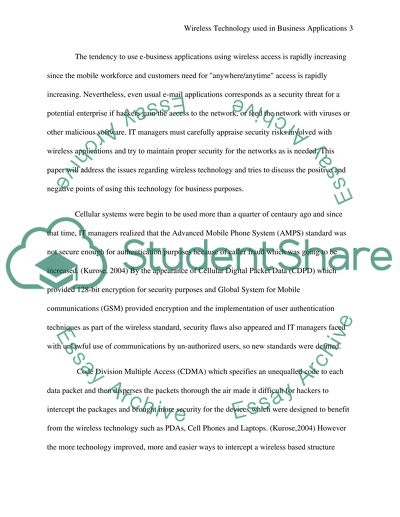Cite this document
(Wireless Technology Used in Business Applications Case Study, n.d.)
Wireless Technology Used in Business Applications Case Study. Retrieved from https://studentshare.org/information-technology/1543124-wireless-technology-used-in-business-application
Wireless Technology Used in Business Applications Case Study. Retrieved from https://studentshare.org/information-technology/1543124-wireless-technology-used-in-business-application
(Wireless Technology Used in Business Applications Case Study)
Wireless Technology Used in Business Applications Case Study. https://studentshare.org/information-technology/1543124-wireless-technology-used-in-business-application.
Wireless Technology Used in Business Applications Case Study. https://studentshare.org/information-technology/1543124-wireless-technology-used-in-business-application.
“Wireless Technology Used in Business Applications Case Study”. https://studentshare.org/information-technology/1543124-wireless-technology-used-in-business-application.


